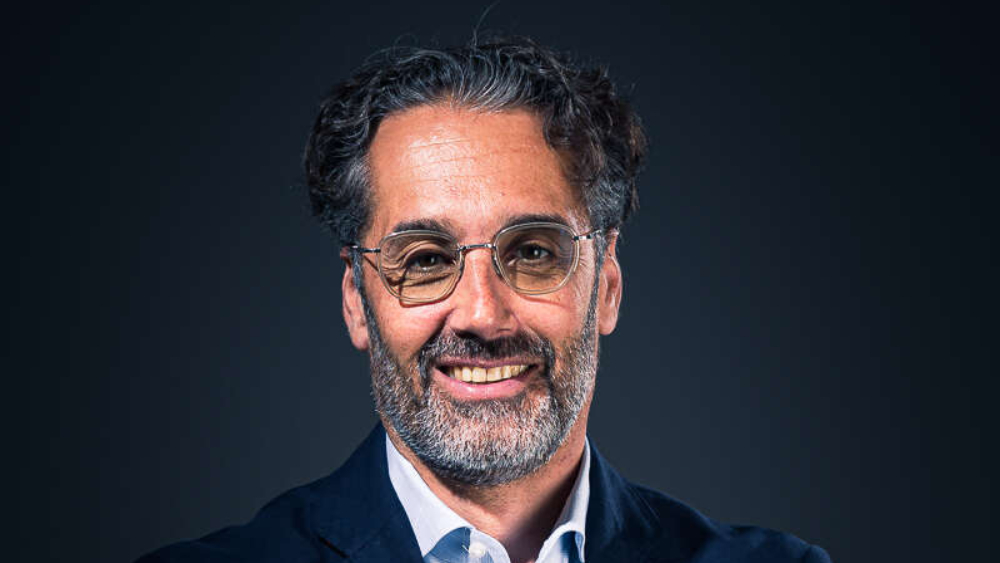
The French company is involved in many projects in fuel cell mobility in collaboration with authorities and captive fleets. Look at taxis, heavy vehicles, trains and ports. “Ports can become hydrogen hubs”, announces Olivier Dhez, CEO of HRS, that is taking part in a European project to reduce refueling times for heavy vehicles.
- Since 2009, HRS has already delivered 39 refueling stations of 100 to 500 kg per day that are now in service across Europe and in the United States, including 37 stations in Europe. Can you give us a comparison of the situation in Europe and that in the United States?
Between 2009 and 2019, HRS worked as integrator for a French gas company, we have built 34 hydrogen stations, most of them are now in service in Europe and 2 in the US.
Since then, HRS has changed strategy in 2020 to offer turnkey solutions including design, manufacturing, installation, commissioning and maintenance of hydrogen refueling stations.
12 HRS stations are now in service in France and Germany, and we are going to install by the end of 2023, several stations in other European countries, the UK, the Netherlands, Spain.
Beginning of 2000, US and Germany decided to develop infrastructure to make possible the development of hydrogen mobility. But today, it’s everywhere in the world, hydrogen as one of the solutions to decarbonize mobility with a lot of advantages for heavy duty and intensive usage.
- Particularly in Italy, what are the opportunities and obstacles present for the sector?
When HRS decided to deploy commercial activities in Italy, it was natural to work with Simplifhy, we were looking for a company but also people that are driven with the same objective, developing “hydrogen mobility”.
Italy started to accelerate 2 years ago with the announcement of funding through the PNRR (Piano Nazionale Recupero e Resilienza), today we see some projects that are in advance stages, mainly for heavy duty and trains.
It is like everywhere when you start new business it can be slow because it's new for everyone, customers, authorities, ...
- Since it was founded in 2004, Hydrogen Refueling Solutions (HRS), previously known as TSM, has provided hydrogen refueling station solutions for every type of vehicle (captive fleets, lorries, buses, passenger cars, etc.) for the transportation, industrial, storage and energy markets. What are the markets where there are currently the most opportunities and those with the most obstacles?
We indeed address every kind of mobility, thanks to dual pressure dispenser providing both 350 and 700 bar.
Our customers are mostly local authorities and captive fleets owners. I think especially about the logistics market where fuel cell technology is well developed, we are installing stations in warehouses to refuel large fleets of forklifts for our customer Plug Power for instance.
We also have a partnership with Hype which owns one of the largest FCEV taxi fleet, we have installed this year 3 stations for this customer.
Local authorities also initiate ambitious projects, I think about our Region Auvergne Rhone Valley with Zero Emission Valley program, in which we take part providing hydrogen stations in the Hympulsion network, and also SYDEV in Vendée.
Some of the markets are not yet unlocked due to the lack of vehicles availability. I think about heavy duty mobility for instance. We are lacking vehicles but many constructors announce now upcoming launch.
At HRS, we also take part in the development of innovative refueling solutions. HRS is one of 8 partners in the European RHeaDHy project, dedicated to the development of very high-flow refueling to optimise the filling of heavy-duty vehicles and reduce refueling time by a factor of 5, i.e. 10 minutes for a 100 kg H2 tank at 700 bar.
- What are the advantages in particular of using hydrogen for the railway transport and maritime transport? What prospects do you estimate?
Hydrogen has strategic advantages in this railway transport. Its autonomy and the difficulties that direct electrification can pose for certain types of road (in mountainous areas, for example, with frequent structures such as tunnels and bridges) make the hydrogen train a relevant option. Hydrogen-powered trains are already running in Germany. France and Italy have announced their functional programs for this type of mobility.
Hydrogen provides a concrete solution to meet the needs of all mobility uses within ports. Many types of mobility can be hydrogen-powered in port areas: maritime transport, intra-port and extra-port logistics. Harbours can become hydrogen hubs. All types of boat can now be converted to hydrogen: cargo ships for transporting goods, container ships, ferries, fishing fleets and river barges. Some boats are already in service: since 2017, the 1st hydrogen-powered catamaran by Energy Observer, and the 1st liquid hydrogen ferry launched in 2023 by Norled.
We are now looking to the main Italian actors that operate these types of heavy-duty activities for railway and maritime port activities.
- Are hydrogen and electric batteries competing or complementary technologies? Why?
The hydrogen vehicle is an electric vehicle.
Battery-powered vehicles (BEVs) are powered by recharging stations connected to electricity grids. Fuel cell electric vehicles (FCEV) convert H2 into electricity on board.
We do not say that hydrogen is THE solution to decarbonize mobility, it is ONE of the solutions.
Both technologies are complementary, depending on the usages. We encourage these solutions as soon as they contribute to develop carbon-free mobility.
The use of hydrogen for mobility increases performance in terms of range (500 to 700 km for a light vehicle) and reduces refueling time (around 5 minutes for a light vehicle). The FCEV is therefore ideally suited to intensive, continuous use. The BEV can be adapted to light vehicles for short journeys with the possibility of recharging without time constraints.
 EN
EN  it
it

